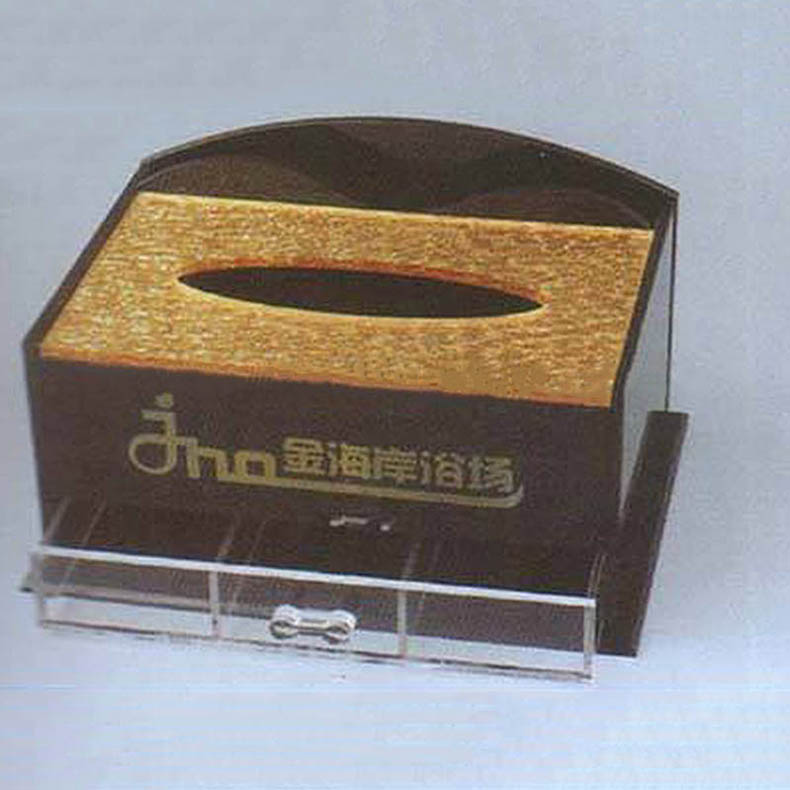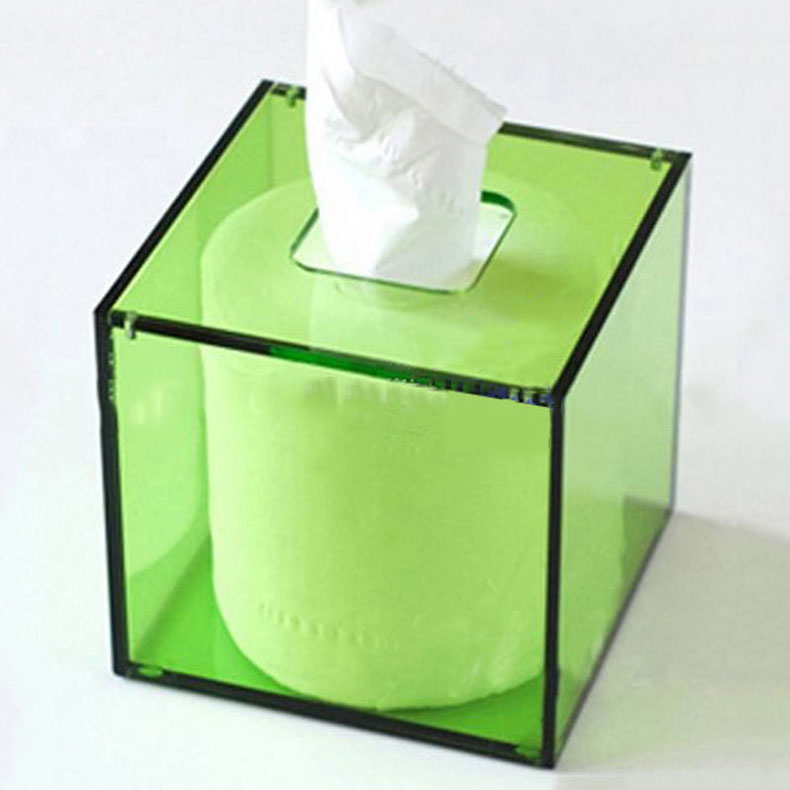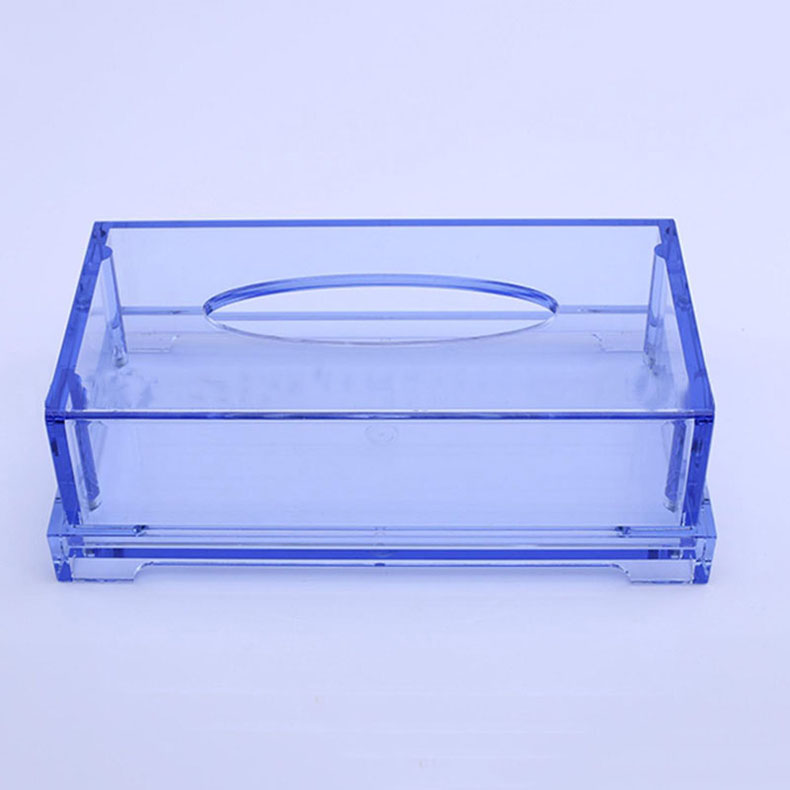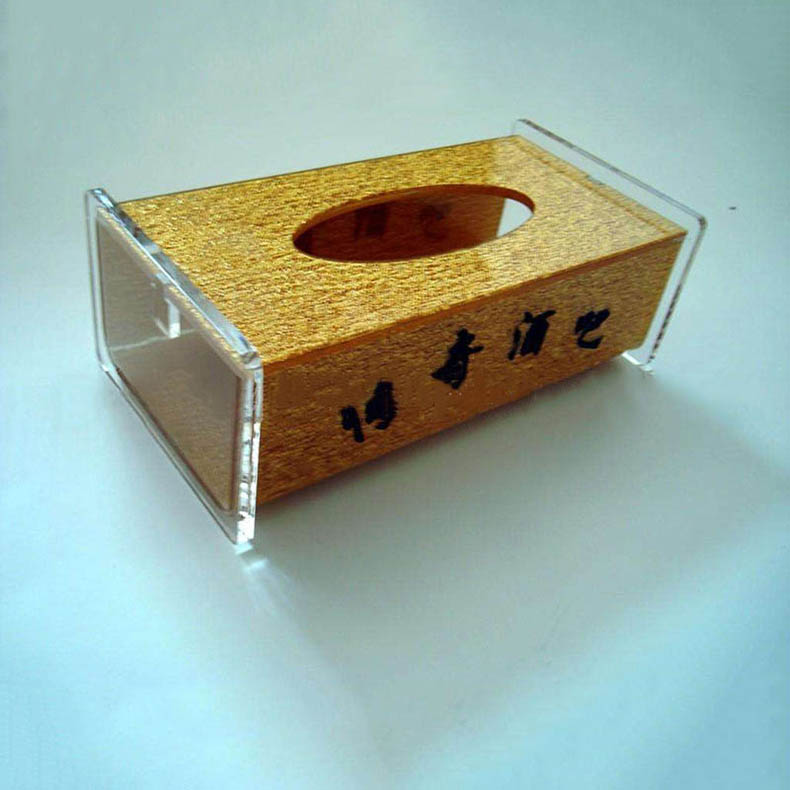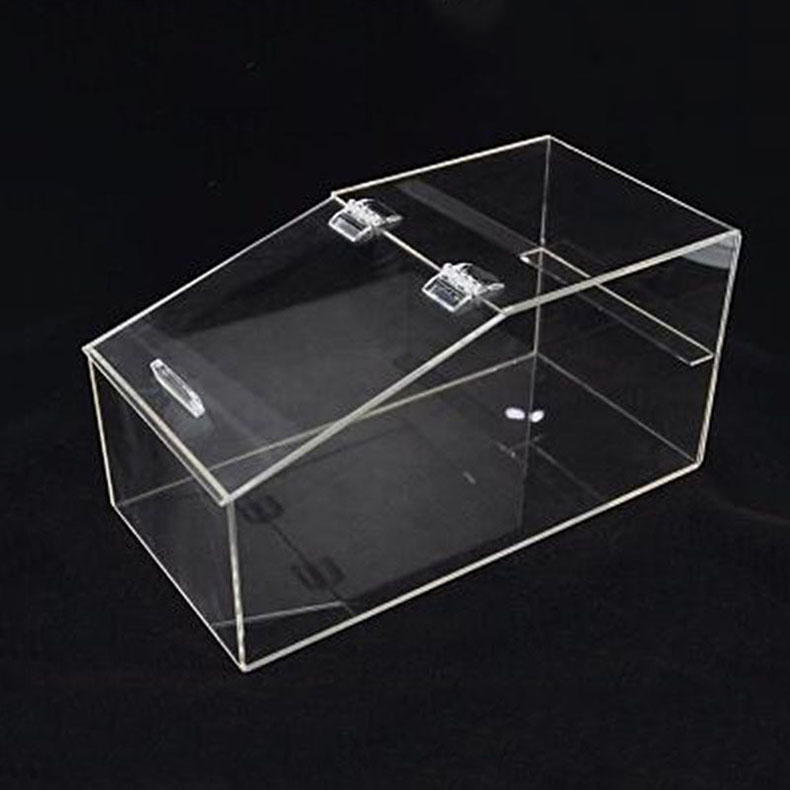The Disadvantages of Acrylic Glass
Acrylic glass, also known as polymethyl methacrylate (PMMA), is a popular alternative to traditional glass. It offers many advantages, such as being lighter, shatter-resistant, and more versatile in terms of manufacturing processes. However, despite these benefits, acrylic glass also comes with a range of disadvantages that can limit its applicability in certain situations. This essay explores the various drawbacks of acrylic glass, including its susceptibility to scratches, UV degradation, heat sensitivity, and environmental concerns.
1. Susceptibility to Scratches
One of the most significant disadvantages of acrylic glass is its vulnerability to scratches. Although it is more impact-resistant than regular glass, acrylic is softer and can be easily scratched by abrasive materials. This property can lead to aesthetic issues over time, as scratches can diminish the clarity and visual appeal of the surface. In applications where clarity is critical, such as in display cases or windows, scratches can be particularly problematic. Unlike glass, which can sometimes be polished to remove scratches, acrylic often requires replacement, leading to increased maintenance costs.
2. UV Degradation
Acrylic glass has a lower resistance to ultraviolet (UV) radiation compared to other materials. Prolonged exposure to sunlight can lead to yellowing, brittleness, and loss of optical clarity. This degradation limits its use in outdoor applications such as skylights, greenhouse panels, or signage that are exposed to direct sunlight. While some manufacturers offer UV-resistant formulations, they can be more expensive, and even then, there is no guarantee of complete protection. Consequently, for projects requiring long-term outdoor exposure, alternatives like polycarbonate or even tempered glass might be more appropriate choices.
3. Heat Sensitivity
Acrylic glass has a relatively low heat resistance compared to traditional glass. It can become distorted or warped when exposed to high temperatures, which can be problematic in environments subject to heat fluctuations. This characteristic limits its use in applications such as oven doors, as well as in areas where it might be exposed to hot light bulbs or other heat sources. For instance, while acrylic is often used in aquariums, if the lighting generates excessive heat, it may cause the tank’s acrylic walls to warp or bubble over time.
4. Chemical Vulnerability
Acrylic glass is sensitive to a variety of chemicals, including many solvents and cleaning agents. Common household chemicals such as acetone, alcohol, and ammonia can cause the material to craze or become discolored. This chemical vulnerability restricts the types of cleaners and maintenance products that can be used on acrylic surfaces. In environments requiring stringent chemical resistance, such as laboratories or industrial settings, acrylic might not be the best choice. Other materials, like tempered glass or specialized plastics, may be more suitable for these demanding applications.
5. Sound Insulation
While acrylic does provide some degree of sound insulation compared to regular glass, it is generally less effective than thicker forms of glass. The lower mass and density of acrylic mean that it does not provide the same sound dampening qualities, making it less effective for applications like soundproof windows or enclosures. For projects where noise reduction is a priority, using laminated glass or other specialized soundproofing materials may yield better results.
6. Environmental Concerns
The environmental impact of acrylic glass production and disposal is another disadvantage. Acrylic is derived from petroleum, making its production less sustainable than some alternative materials. The extraction and processing of petroleum-based products contribute to environmental degradation and greenhouse gas emissions. Moreover, acrylic is not biodegradable, and although it can be recycled, the recycling rates are not optimal. Many acrylic products end up in landfills, where they can take hundreds of years to break down. As society shifts towards more sustainable building practices, this environmental impact may dissuade architects and builders from choosing acrylic glass.
7. Cost Considerations
Though acrylic can be less expensive than high-quality glass initially, the overall lifecycle cost can be higher when considering its susceptibility to damage and the need for eventual replacement. The need for frequent cleaning and the risk of scratching can lead to increased maintenance costs over time. For businesses that rely on visual displays or manufacturing environments, the long-term expenses associated with acrylic may outweigh the initial savings. As a result, organizations may prefer more durable materials that require less frequent replacement.
8. Limited Thermal Stability
Another drawback of acrylic glass is its limited thermal stability. It has a lower melting point compared to glass, which means that it can become problematic in high-temperature applications. For instance, while glass can withstand higher temperatures without deforming, acrylic may not retain its shape under similar conditions. This limitation makes it less suitable for applications where heat is a factor, such as in some automotive or lighting applications.
Conclusion
While acrylic glass offers several advantageous qualities, its disadvantages must be carefully considered before selecting it for any specific application. Factors such as susceptibility to scratches, UV degradation, heat sensitivity, and environmental concerns significantly impact its usability. For certain applications, particularly those requiring high durability, chemical resistance, or extensive outdoor exposure, alternative materials like tempered glass or polycarbonate may be more suitable. Ultimately, understanding the limitations of acrylic glass is essential for making informed decisions in design, construction, and manufacturing processes.



